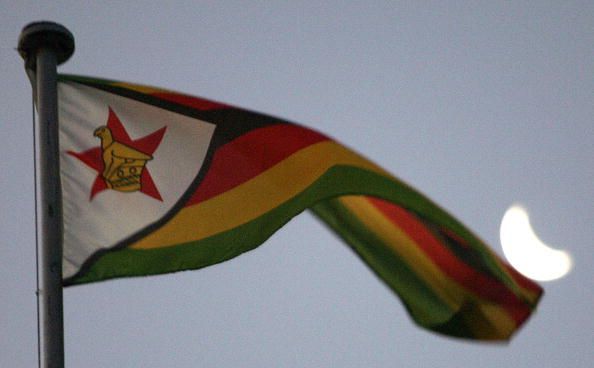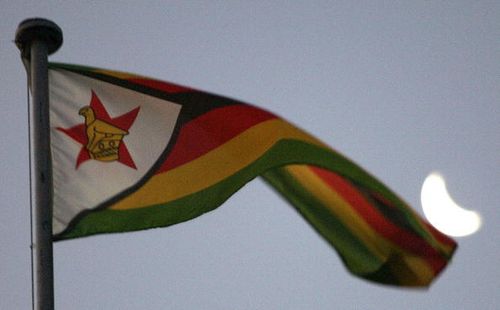
Looking back at Zimbabwe cricket: Part 1

Part 2 can be found here.
Perhaps no other team has had ups and downs during their tryst with cricket as frequently as the men in red, green and yellow. Their cricketing tenure has been as colourful as their team colours, but unfortunately failed to live up to their promised potential.
An Independent force before their independence
It all started back in 1890 when Rhodesia staged their first cricket match soon after which there was no looking back. Immediately, in 1891, the Salisbury Cricket Club was established who competed often with Bulawayo in inter-provincial cricket matches. Cricket fans would do well to note down the name of the middle order batsman and captain of the then English team, Lord Martin Bladen Hawe, who went on to play a whopping 633 first class matches.
He and a certain Cape Colony politician, James Douglas Logan, who played 4 first class matches for South Africa, reached a consensus of contesting the Logan Cup between Rhodesian provincial teams. In fact, there is still fierce competition for this trophy between the Zimbabwean provincial teams. The Currie Cup Competition as well as the Vigne Cup were amongst other tournaments which indeed enriched the skills of youngsters in and around Rhodesia.
It was quite late in 1909-10 that the captain of the second MCC touring side Leveson-Gower persuaded his team to play games at the provinces of Rhodesia. Although the minnows were expectedly defeated, there was a marked improvement in their standard of cricket. Between the two World Wars, there was hesitation from South African teams to tour these vicinities.
Added to their woes, the hype around first class cricket was dying down. Many players served the National Army which left little time for practice. During this time span, precisely in 1935, the country was proud to announce its first Test player in the form of the all rounder Denis Tomlinson who represented South Africa in their tour of England.
In 1960, the then Prime Minister Ian Smith embarked on a unilateral declaration of independence which led to many cricket players moving overseas. It also imposed heavy international restrictions leading to touring teams not being eligible to visit anymore. However, the Currie Cup continued and their cricketing spirit wasn’t ready to die.
Cut to 1970, the period which led to the rise of Gary Sobers and Mike Procter. The former West Indian captain and one of South Africa’s best all rounder ever, helped revolutionize a sinking side, albeit in different manners. Gary’s interest in participating in the domestic competition at Salisbury angered many Caribbean nationals but his intention was clear. He further made positive remarks about upcoming Rhodesian players who were incidentally white and agreed to play more matches against this young side.
This infuriated the politicians, the West Indies Board as well as the locals who threatened to strip him off his captaincy. An apology from the Prime Minister of Trinidad and Tobago signed by Sobers laid these tensions to rest and the unity in the West Indian team was regained. Despite this, Sobers insisted that politics and sports should not be mixed.
Added to the encouragement by the legendary Sobers, Mike Procter had an equally important role to play in the same period. He provided the right zing with his raw cricketing abilities, both with the bat and ball. Think of a Virender Sehwag and a Zaheer Khan rolled into one and you get Mike! He taught the team to fight fire with fire by dominating the opposition with his hard-hitting batting. He ran in quickly, with a chest-on action, bowling off the wrong foot at the end of an intimidating run which generated late in swing.